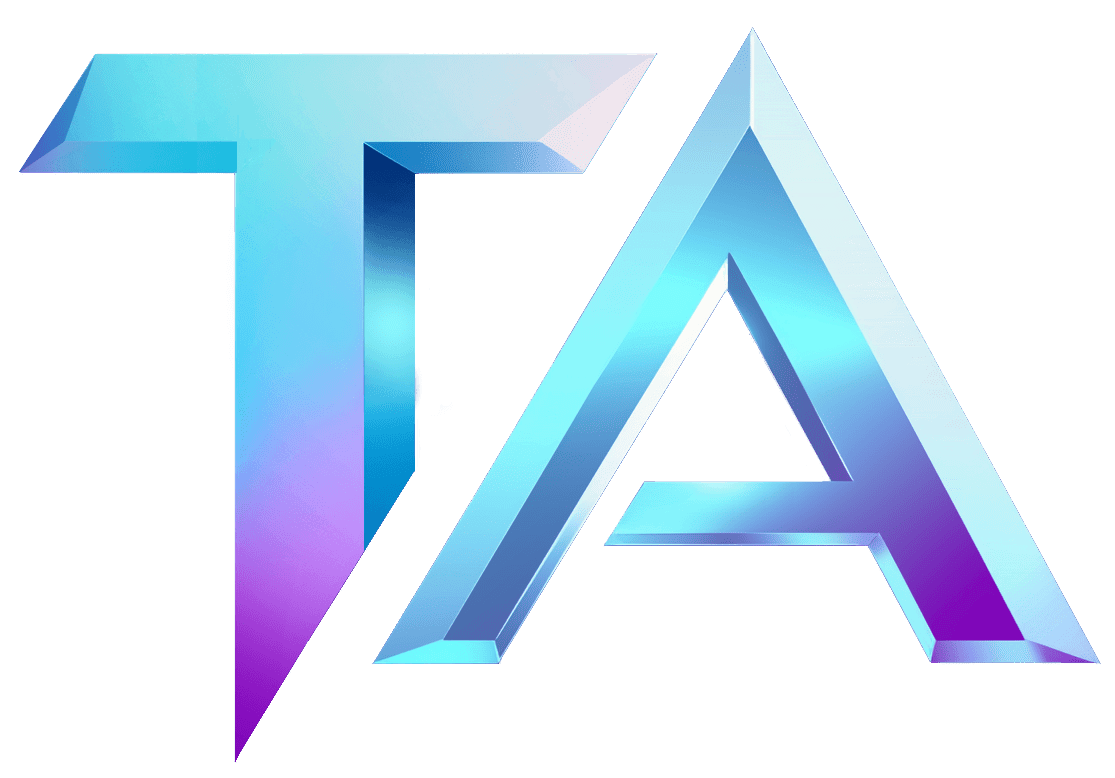Analyzing Historical Inflation Cycles in Star Atlas

Analyzing Historical Inflation Cycles in Star Atlas
As the gaming industry progresses into the realm of blockchain, Star Atlas stands out as a unique space-themed metaverse that combines NFTs, gameplay, and economic systems. With its robust ecosystem built on the Solana blockchain, understanding inflation cycles within Star Atlas can offer valuable insights for players and investors alike. This article will guide you through the concept of inflation cycles, their impacts on economies, and how they apply specifically to Star Atlas.
What Are Inflation Cycles?
Inflation cycles refer to periods of rising prices and decreasing purchasing power in an economy. In the context of cryptocurrencies and virtual economies, inflation can be governed by factors such as token supply, demand, and market sentiment. Understanding these cycles is crucial for navigating the Star Atlas marketplace where digital assets are traded, and value fluctuates based on these economic principles.
Historical Context and Its Relevance
Historically, inflation in traditional economies occurs when the supply of money outpaces economic growth, leading to price increases. In the case of Star Atlas, similar dynamics play out. The game introduces new tokens and NFTs into its economy through various mechanisms like mining and sales, which can lead to inflation if not balanced by demand.
From previous economic trends in both crypto and traditional markets, we can glean insights on how inflation cycles might unfold in Star Atlas. For example, during periods of rapid token release or heightened speculation, we may observe inflationary pressures that could devalue existing assets. Analyzing these patterns helps us predict market behavior.
Key Factors Influencing Inflation in Star Atlas
-
Token Supply and Emission Rate: Star Atlas uses a dual-token system (ATLAS and POLIS). The emission rate of these tokens significantly influences inflation. If too many tokens are generated without corresponding demand, prices may fall.
-
User Activity and Engagement: The level of player engagement directly affects the demand for in-game assets. High user activity can boost demand, stabilizing prices despite ongoing token emissions.
-
Market Speculation: Speculation plays a huge role in virtual economies. Players and investors are often influenced by rumors, announcements, and market trends, which can lead to rapid inflationary or deflationary pressures.
- Economic Events: Special events, updates, or partnerships in Star Atlas can trigger large fluctuations in asset demand, influencing the inflation cycle. Understanding these events can help players make informed decisions.
Analyzing Current Trends
To analyze historical inflation cycles in Star Atlas, it is imperative to monitor key metrics such as:
-
Token Price Movements: Regularly checking how ATLAS and POLIS are performing on exchanges provides insight into the inflationary effects.
-
Transaction Volumes: High transaction volumes can indicate strong demand, potentially countering inflation.
- Asset Valuation Trends: Observing price changes in rare NFTs and ships can offer clues to the overall economy’s health.
Looking Ahead
As Star Atlas continues to grow, understanding these inflation cycles will become increasingly vital. Players and investors who equip themselves with this knowledge can navigate the highs and lows of the virtual economy with more confidence. By leveraging analytical tools and historical data patterns, they can make informed decisions that maximize their investments and gameplay.
For those interested in deeper insights, Titan Analytics provides comprehensive Star Atlas data modules that track vital economic metrics. Feel free to check them out at Titan Analytics Star Atlas Data Modules or reach out to us for any inquiries at Titan Analytics Contact.
Understanding inflation cycles is key to thriving in the expansive universe of Star Atlas, and with the right tools and knowledge, you can make your journey through this metaverse more rewarding!




